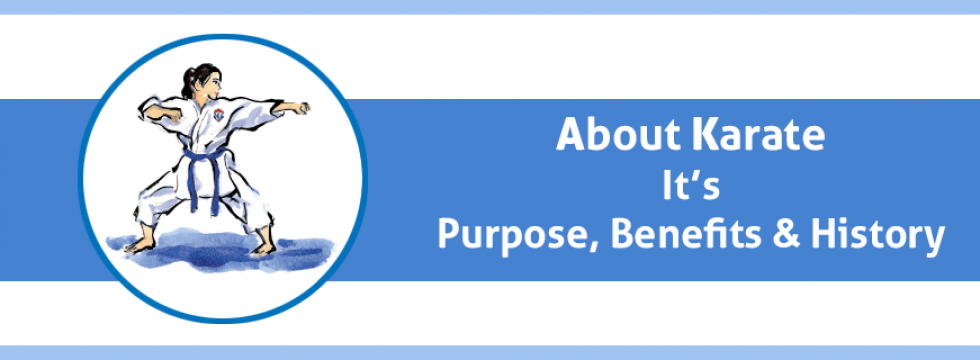Purpose
Karate-Do
Deciding who is the winner and who is the loser is not the ultimate objective. Karate-Do is a martial art designed to develop character training, so that the karate-ka can surmount any obstacle, tangible and intangible. Karate-Do is an empty-handed art of self-defence. The arms and legs are trained systematically and an enemy attacking by surprise can be brought under control by a demonstration of strength, just as if weapons were used.
Karate-Do is physical exercise leading to mastery of all body movements. The karate-ka learns to move limbs and torso backward and forward, left and right, up and down freely and uniformly. Techniques are precisely controlled according to the karate-ka’s will power and are directed at the target accurately and spontaneously.
The white karate costume represents the peaceful approach, which is reflected in the spirit of those who take up the sport.
History
Gichin Funakoshi
Master Gichin Funakoshi was the first expert to introduce karate-do to mainland Japan, in 1916. One of the few people to have been initiated into all the major Okinawan karate methods, Master Funakoshi taught a synthesis of the Okinawan styles, as a total discipline. This method became known as Shotokan (literally “House of Shoto,” Funakoshi’s pen name). Because of the great popularity of the style in Japan and, later, around the world, Funakoshi is widely considered to be the “father of modern karate-do.”

